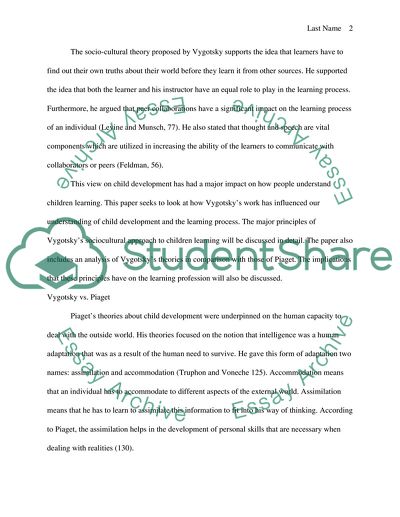Cite this document
(Development, Thought and Language Term Paper Example | Topics and Well Written Essays - 3000 words, n.d.)
Development, Thought and Language Term Paper Example | Topics and Well Written Essays - 3000 words. Retrieved from https://studentshare.org/education/1743616-how-has-vygotsky-shaped-our-understandings-of-childrens-learning-and
Development, Thought and Language Term Paper Example | Topics and Well Written Essays - 3000 words. Retrieved from https://studentshare.org/education/1743616-how-has-vygotsky-shaped-our-understandings-of-childrens-learning-and
(Development, Thought and Language Term Paper Example | Topics and Well Written Essays - 3000 Words)
Development, Thought and Language Term Paper Example | Topics and Well Written Essays - 3000 Words. https://studentshare.org/education/1743616-how-has-vygotsky-shaped-our-understandings-of-childrens-learning-and.
Development, Thought and Language Term Paper Example | Topics and Well Written Essays - 3000 Words. https://studentshare.org/education/1743616-how-has-vygotsky-shaped-our-understandings-of-childrens-learning-and.
“Development, Thought and Language Term Paper Example | Topics and Well Written Essays - 3000 Words”, n.d. https://studentshare.org/education/1743616-how-has-vygotsky-shaped-our-understandings-of-childrens-learning-and.


